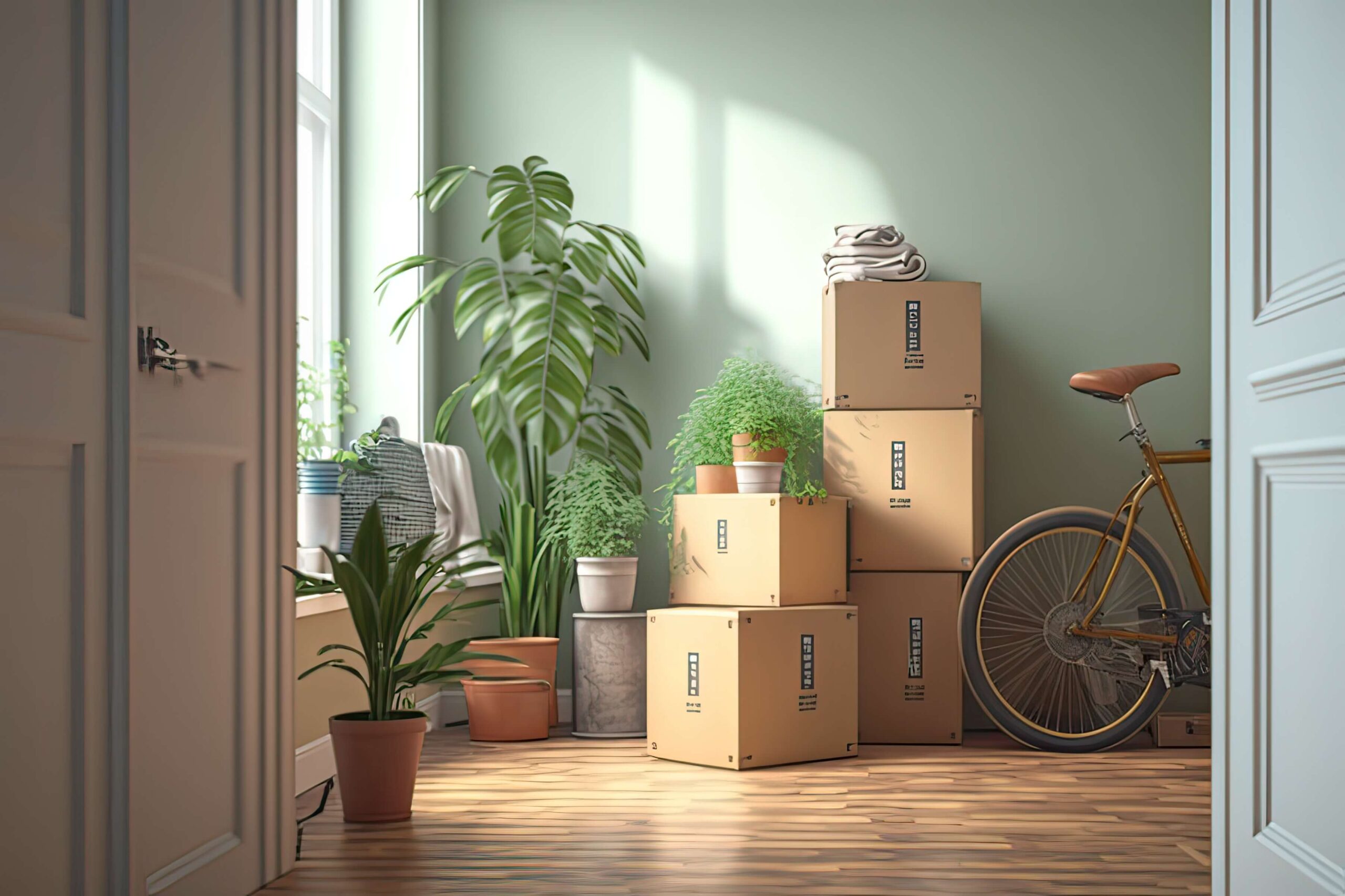Piano Movers Summerville, SC are necessary for relocating your baby, studio, or parlor grand. They’re experienced in navigating tough streets, hallways, and stairwells to relocate your piano without damage.
Movers set up a ramp or place your piano on a skidboard. Next, they carefully remove the pedals and lyre.

When moving a grand piano, protecting the instrument with appropriate wrapping and padding is important. The legs, pedals, and music rack should all be individually wrapped to prevent damage. This protection also ensures the piano can be safely placed in a vehicle and transported to its destination. In addition to the necessary wrapping and padding, you’ll want to use a moving blanket to cover the entire piano. This blanket will protect the instrument from scratches and other damages during loading, unloading, and transport.
Make sure the movers have the proper equipment to handle the move. Having the right tools makes the job much easier and safer. A reputable mover will have specialized equipment for transporting delicate items. They will also have the experience and knowledge to properly pack and secure a piano for transport.
Before hiring a mover, request several quotes and compare them. It’s also a good idea to find out what the company’s damage policy is. This will help you understand if they provide compensation in the event of damage during transportation.
During the move, take your time and don’t rush. This will prevent any injuries or fatigue and it will allow you to better control the piano. Additionally, it’s best to wear comfortable clothing that won’t get in the way or catch on any moving equipment. It’s also a good idea for everyone involved to be familiar with the location of the piano and the hallways and doorways at both the current and new home.
Once the piano is loaded into the vehicle, it’s important to secure it. Check that all straps are securely attached and that the piano can’t shift during transportation. In addition, be sure to check that the vehicle is equipped with a rear ramp for easy access to the piano.
If you’re planning to relocate a grand piano across the country, Plycon offers end-to-end shipping services. Our team of expert movers will take care of every detail, including custom crating and packaging, pickup and delivery, and tracking your shipment. Contact us today to learn more about our services and pricing.
Whether you have an upright or grand piano, a professional moving company should handle the transporting. Grand pianos are heavier than most household items and they require specialized equipment to move them safely. For example, they must be transported on a board known as a piano board or piano skid board that is reinforced with additional padding and strapping to hold the weight of the instrument. The boards are usually a custom-sized piece of plywood and can be purchased from a piano retailer or a moving company.
To properly prepare the piano for transportation, the first step is to lower and secure the lid. After that, movers should disassemble the legs and pedals. Then, all parts of the piano should be wrapped in moving blankets and securely fastened with tape. The piano should then be butted up against the piano board’s lip and centered on it to prevent the instrument from slipping forward during the move.
Once the piano is wrapped, it’s time to load the piano into a truck. You will need to have several people help you lift the large piano onto a dolly. It’s recommended that you have two people to assist in each hand to avoid any injuries during the process. Once the piano is on a dolly, it can be wheeled to its new destination.
In addition to ensuring the safety of the piano, it’s important to take proper precautions to protect your home during the move. Make sure to clear out any debris or clutter from the area where the piano will be placed before you start to disassemble it. It’s also a good idea to use non-marking tape to cover the piano during transport so that it doesn’t leave any marks on walls or other surfaces.
Moving a grand or baby grand piano in can be an overwhelming task without the right tools and expertise. Attempting to move one of these instruments without the proper equipment and assistance can result in severe damage that can cost you thousands of dollars. Professional movers have the experience and knowledge needed to get the job done safely.
Pianos are large and heavy instruments, and they’re even more difficult to move than other household items. That’s why piano movers use special equipment and techniques to ensure the safe transport of these instruments. They also carry liability insurance that covers the cost of repairing or replacing your piano in the unlikely event of damage during transportation.
When you’re shopping around for a piano moving company, be sure to ask about their insurance policy. A reputable mover will have several types of insurance policies in place, including workman’s compensation and commercial auto. In addition, they should be able to provide you with a bill of lading that lists the full insured value of your piano. Unless you have signed a waiver, this document is the only way to ensure that your piano will be repaired or replaced in the event of damage during transport.
Some companies may offer liability coverage insurance for a flat fee of up to $500, while others will require that you pay a deductible of $2 per pound. Compare the coverage limits of various plans to find a policy that best suits your needs and budget. Also, consider the deductibles associated with each plan to make sure they are affordable.
Another important thing to look for in a piano moving company is their reputation. You want to be sure that they have a good track record and a solid customer satisfaction rating. You should also check out their online reviews and testimonials to see what other customers have said about their services. If you notice any negative comments, it’s a red flag that you should keep looking for a different company.
While you can save a little money by hiring a DIY mover, it’s not worth the risk of damaging your valuable instrument. In the long run, it’s much better to entrust this job to professional piano movers who have experience in transporting these delicate instruments. The investment in quality movers will be less than the price of repairing or replacing your piano if it sustains damage during transportation.
People invest in a grand piano for a lot of different reasons. It might be because of the quality of sound, the way it looks in their home, or even because it was passed down to them by a family member. When it comes time to move or renovate, they often need a place for the piano to go while they’re not using it. Storage is an option, but there are a few things you should know about storing your grand piano properly.
One common misconception is that a piano can simply be put in a garage or other room in the house. While this may work for smaller upright pianos, a grand is much bigger and needs to be stored in a way that keeps it safe from damage. It’s also important to keep in mind that a grand is not as easy to maneuver as something like a couch or mattress. Grand pianos are very heavy and have a wide body, so they’re not going to fit into most doors without having to be turned on their side first.
To safely store a grand piano, professional movers start by moving it onto a grand skid. This is done by taking the pedals off and then angling it down onto the flat side of the piano. This can be dangerous, so it’s best left to the professionals. Once the piano is on its skid board, it’s covered in a blanket and then secured to a truck with multiple straps.
When it comes to storing your piano, make sure you’re looking at facilities that offer climate control. This will keep the piano from being exposed to extreme temperatures and humidity, which can cause damage. You should also avoid storing your piano in the basement of a home or any other place that isn’t climate controlled.
can be a tricky place to move or transport a piano, but hiring professional piano movers will save you the headache and money of trying to do it yourself. These movers know all of the tips and tricks to ensure that your piano is safely transported and that it makes it into its new home in perfect condition.


